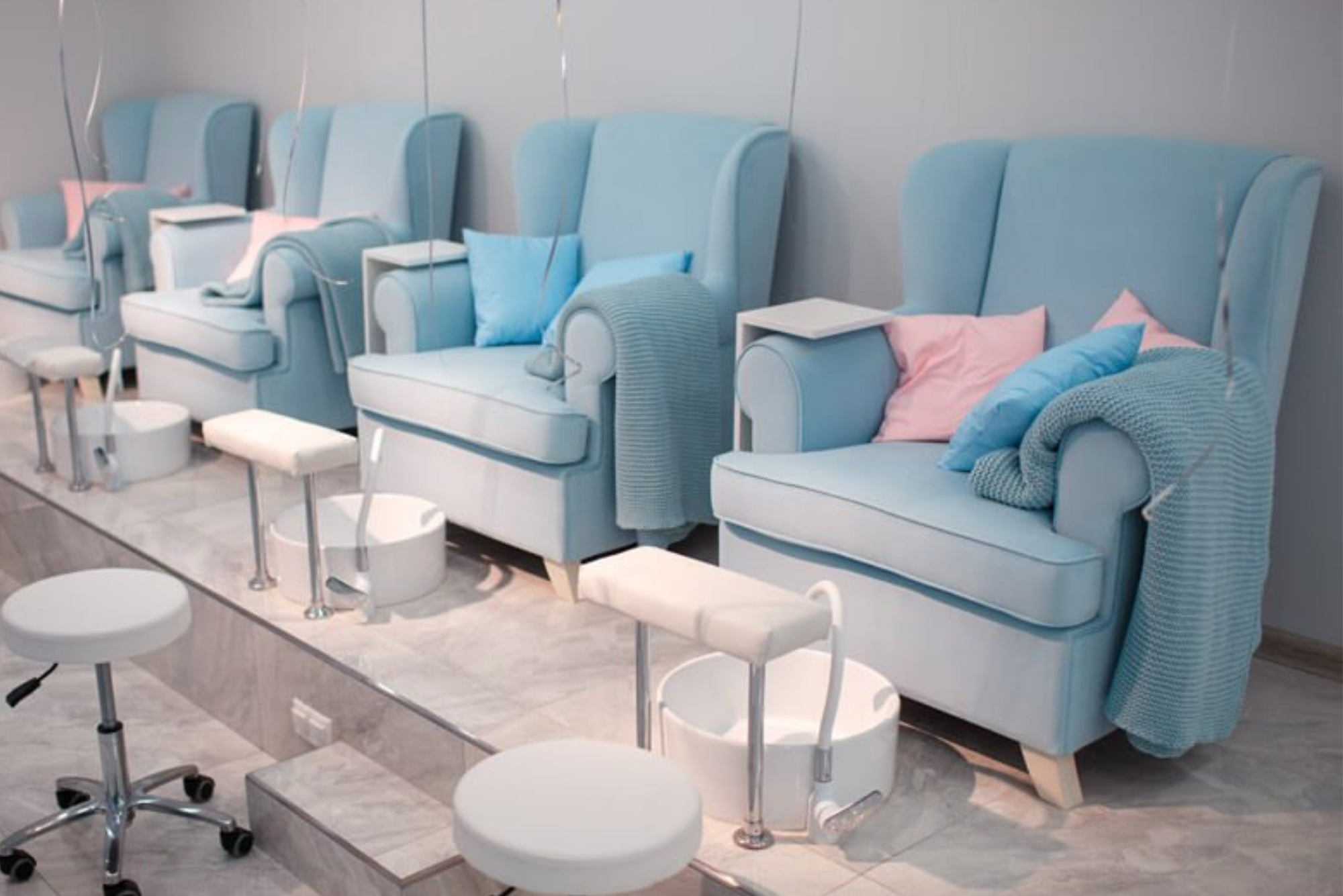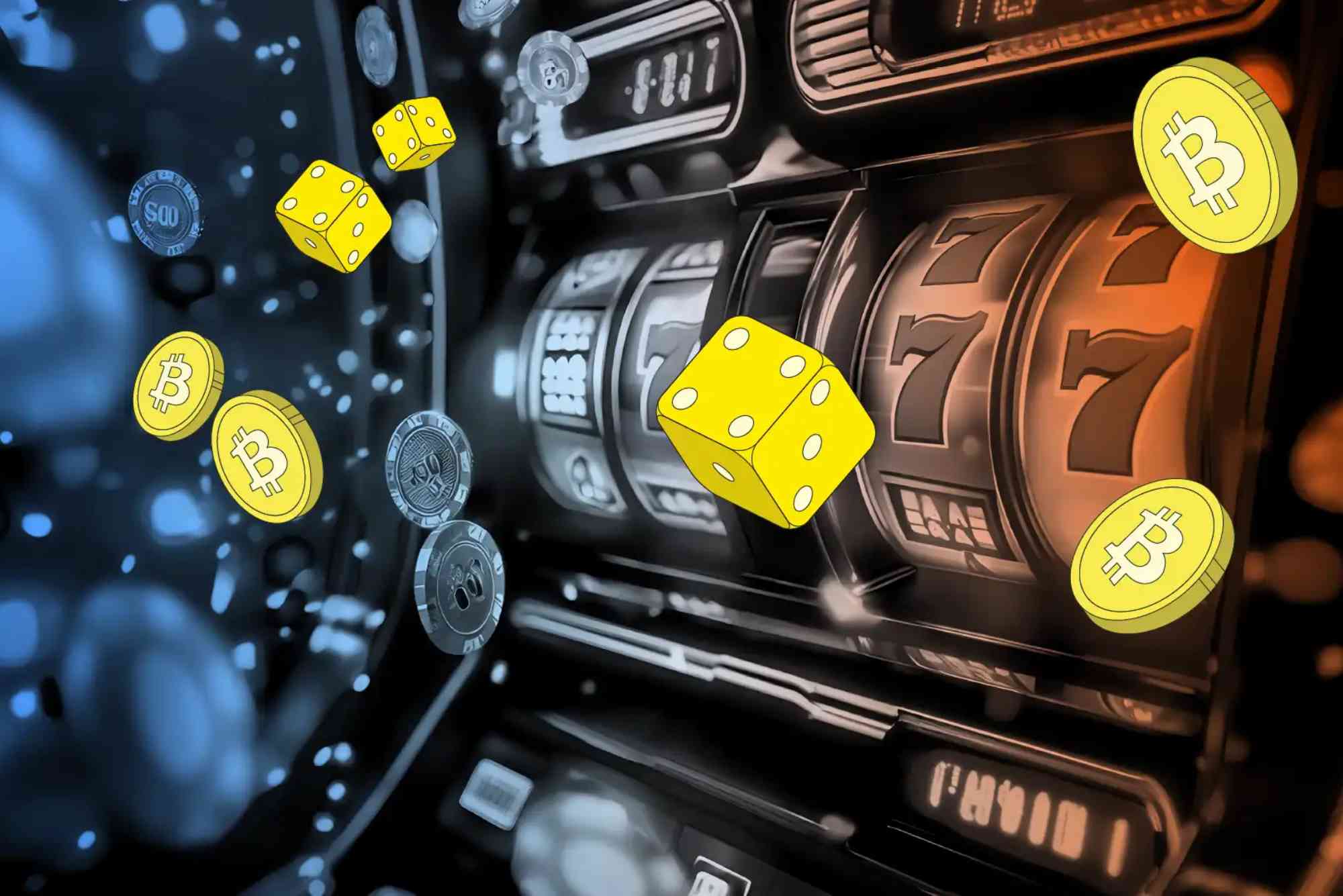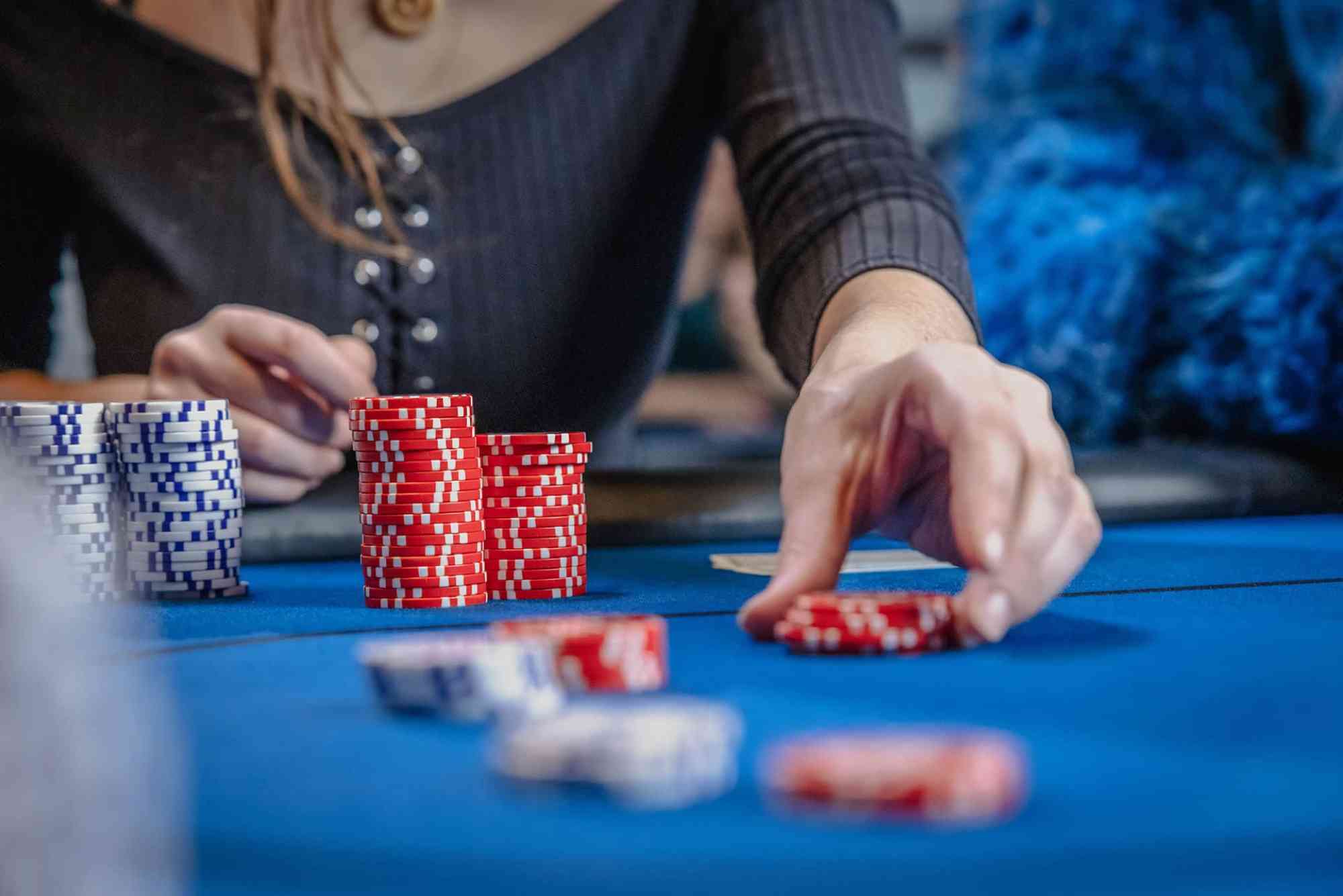I’ll never forget the night I walked into a comfortable, low‑lighting casino feeling on top of the world. My favorite upbeat track was still playing in my head after a great day at work, and I swiped my loyalty card with a confident grin. That night, I gravitated toward high‑volatility slots—games I often avoided because I was chasing that same rush I’d felt off the reels. The result? A thrilling string of near-misses, a modest win, and a deeper lesson: our emotional state can powerfully shape how we engage with slot machine volatility.
How Slot Machine Volatility Works
Slot volatility—sometimes called variance—refers to how frequently and how much a game pays out. Low‑volatility slots deliver small wins more often, making them ideal for steady bankroll growth and extended play. High‑volatility games, in contrast, hit less often but offer bigger jackpots when they do. From a mathematical standpoint, volatility is baked into the paytable and hit frequency algorithms set by developers. Yet, while the odds themselves remain constant, your choice of game—and wager size—can shift dramatically based on how you feel in the moment.
Mood and Betting Behavior
Our mood doesn’t just influence which game we choose; it affects every spin, bet size, and stop point. When we’re feeling upbeat or confident, we’re likelier to pursue high‑variance thrill rides—those flashy titles boasting massive multipliers but long droughts between payouts. On tougher days, when stress or fatigue sets in, we instinctively turn to low‑volatility staples that deliver frequent small wins, giving us a sense of stability and control.
I’ve encountered this shift time and again—not just in myself, but among friends who swap stories over cocktails. One buddy swears that after major career wins he can’t touch anything except high-volatility “Megaways” slots, convinced the universe owes him a big score. Another friend retreats to classic fruit machines when life feels uncertain, preferring the steady stream of symbols to cascade around in rapid succession.
Real‑World Example: Chasing Highs vs. Chasing Calm
Last summer, I tested two bankrolls under contrasting moods. On a bright, sunny afternoon, I sat down to a session of “Diamond Frenzy,” a notoriously high‑variance slot with a 1 in 5,000 chance of hitting its top payout. Fueled by optimism, I staked high—five credits per spin—and braced for long dry spells. Sure enough, I endured 2,000 spins before a burst of free spins turned into a respectable 200× win, barely offsetting the earlier losses.
Days later, nursing a headache and feeling drained, I opted for “Lucky Lantern,” a low‑volatility delight that paid small wins almost every 5 spins. Using a modest one‑credit stake, I watched my balance ebb and flow gently, ending with barely any change but, critically, preserving most of my funds. Both sessions adhered to the game’s intrinsic RTP, but my mood guided my game choice and bet size—and shaped the emotional outcome far more than the numerical one.
Why Emotional Awareness Matters
If you treat slot play as a form of entertainment rather than a strict money‑making endeavor, emotional awareness becomes your greatest ally. Recognizing when you’re chasing a mood—be it stress relief, euphoria, or distraction—helps you select the slot volatility that aligns with your mental state and bankroll goals. On days when you need a confidence boost, a high‑volatility session can deliver adrenaline‑pumping moments; when you seek calm, low‑volatility machines offer gentle reassurance.
Moreover, understanding this link can prevent “mood chasing,” where you hop between games or bump up stakes to recapture a fleeting feeling. By pausing to reflect—“Am I playing this because I feel great, or because I feel desperate?”—you avoid impulsive bets that clash with your long‑term strategy.
Balancing Thrill and Stability
One strategy I recommend is alternating between volatility levels based on preset emotional checkpoints. For example, start each session with a quick mental check: rate your mood on a scale from 1 to 10. If you’re above an 8, allocate a small portion of your bankroll to a high‑variance slot for thrill-seeking, but cap that segment at 10% of your total. If you’re below a 5, focus on low‑volatility games exclusively, preserving at least 80% of your funds. This structured flexibility acknowledges your emotional sway while maintaining financial discipline.
Choosing Your Platform Wisely
Interestingly, platform choice can heighten or dampen these mood-driven tendencies. On land‑based floors, flashing lights and ambient sounds amplify emotions—if you’re riding high, the sensory overload can push you toward bigger bets. Online, quieter environments allow for calmer reflection, but push notifications from new game releases can spark impulsive detours. If you’re exploring non GamStop casinos with extensive game lobbies, take advantage of demo modes to test different volatility tiers without risking real funds.
Implementing Mindful Play Techniques
Mindful play borrows from meditation practices: brief breathing exercises before each session can reset your frame of mind. I often set a physical “reset” cue, such as pushing my chair back and taking a sipped water break every 100 spins. These pauses give me space to assess whether my mood is steering me toward risky volatility leaps or prudent steadiness.
Another technique involves reflective journaling. After each session, jot down how you felt at the start, which volatility level you chose, and your final outcome. Over time, patterns emerge—perhaps you consistently overshoot with high-volatility slots when stress is high, or you underestimate low-volatility calm when feeling upbeat. That insight empowers you to tailor future play to both your emotional and financial well‑being.
Long‑Term Impact on Bankroll and Enjoyment
Choosing slots solely on a whim of mood might deliver exhilarating nights, but it can also erode your bankroll over time if unchecked. High‑volatility sessions, while offering big win potential, carry steeper bankroll attrition. Low‑volatility sessions preserve more funds but may feel underwhelming if you crave excitement. Striking a conscious balance—aligned with your mood—ensures enjoyment without undue loss.
For players seeking both consistent thrills and financial control, alternating sessions based on mood checkpoints can smooth out extremes. When the goal is relaxation, opt for familiar low‑volatility favorites; when seeking a rush, devote a capped segment of your bankroll to riskier high‑volatility titles. This dynamic approach, guided by emotional self‑awareness, sustains both your enthusiasm and your betting budget.
Final Thoughts
Slot machine volatility isn’t just a technical specification; it’s a mirror reflecting our emotional states. Recognizing how mood drives game selection, bet size, and session duration transforms slot play into a mindful experience rather than a mindless spin. By tuning into your feelings—whether joy, stress, or curiosity—and matching them to appropriate volatility levels, you’ll foster both responsible bankroll management and enriched enjoyment.
Next time you pull the lever or press “spin,” take a moment to check in with yourself. That split‑second pause can mean the difference between a session that respects your financial limits and one where emotion outpaces strategy. After all, the true art of slot play lies not only in understanding game mechanics but also in mastering the interplay between mind and machine.









